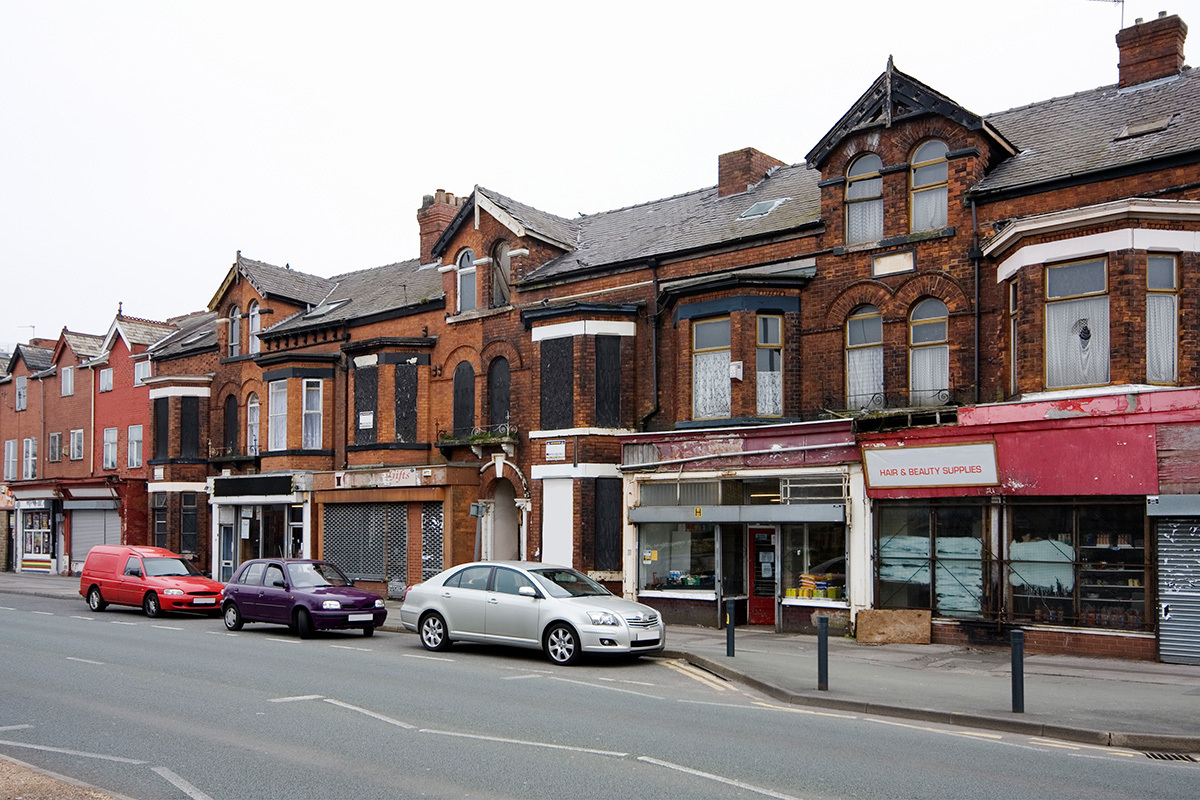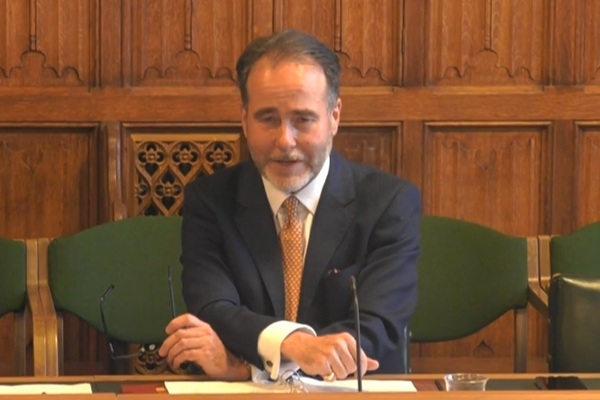You are viewing 1 of your 1 free articles

Jules Birch is an award-winning blogger who writes exclusive articles for Inside Housing
What impact will permitted development have on the nation’s high streets?
We need to do something about the country’s empty shops and offices, and conversion to residential is the government’s favoured solution. But will it work, asks Jules Birch
Walk down most high streets in the country and you’ll see empty shops and offices. What’s the best way to turn them into homes? That’s the question this month’s extension of permitted development rights (PDR) in England attempts to address, but is the answer as simple as the government makes out?
PDR for residential conversion has applied to some commercial buildings since 2013. But the regime has now been significantly expanded to more types of property and in some cases its demolition and replacement as well as conversion.
The results look like they will be significant. Enthusiastic analysis by Nimbus Maps, which advises developers, said that around 31,000 properties and more than eight million square metres of floor space could be converted into 135,000 two-bedroom flats. The combined value of the buildings would almost double from £23bn with commercial use to £43bn as residential, the report said.
A much more sceptical, but equally dramatic, view comes in research by University College London for the Town and Country Planning Association. Based on case studies of Barnet, Crawley, Huntingdonshire and Leicester, the report concluded that the total floorspace eligible for residential conversion will double under the new regime.
In terms of housing, the issues may seem straightforward. What’s the problem if the policy could create so many extra homes in buildings that would otherwise lie empty or under-utilised?
To put this in context, attempts have been made since the 1980s to bring the space above shops back into use as flats, but with limited success. Surely this just makes things easier to build more homes to rent and buy.
Opposition to the reform comes most obviously from planners, but also architects warning about poor design.
After all the controversies about previous PDR, the government sais that new PDR flats will have to have natural daylight and meet national space standards, but that is not exactly setting the design bar high.
While some property companies will exploit the new regime, others are worried that it will undermine the economics of existing town centres by reducing footfall.
The remorseless rise of online shopping, fuelled by the pandemic, means radical steps may be needed to secure the future of commercial centres, but PDR will undermine the ability of local authorities to take action on a strategic scale.
A council might decide to focus on a more concentrated town centre, allowing peripheral areas to be converted into housing. It might want to follow Stockton-on-Tees by demolishing a shopping centre to replace it with a park. Or it might be inspired by what’s happened in Dumfries in Scotland and want to encourage more community ownership.
But unless a council in England can successfully obtain an Article 4 direction to exempt a particular area from PDR – and the government seems determined to make this more difficult – these options will be closed off.
The same arguments apply specifically to housing. A council might want social homes or retirement housing, but PDR means the focus will be on piecemeal development for maximum profit instead.
Then there is the double whammy that PDR developments pay nothing towards affordable housing via Section 106. Even if the figures above are only half accurate, developers stand to make vast profits from this new regime but none of this will be captured for community benefit.
There are limits on the size of buildings that can be converted or demolished and replaced via PDR, but why would any developer bother going down the conventional route for any project below that threshold?
“PDR will probably produce more dwelling units more quickly… but how many of them will be homes and how many of them would eventually have been built anyway by other means?”
Finally, where does PDR fit within wider reform of planning? With backbench Conservative opposition growing, the new regime seems to contradict the supposed emphasis on local plans and community consent.
Ministers seem determined to press ahead with their planning agenda and argue that new developments will also have to meet design codes established under its ‘building beautiful agenda’.
Presumably (but not yet confirmed) these will eventually apply to PDR too and design quality should rise, but the results of the system so far do not inspire much confidence.
The Building Better, Building Beautiful Commission itself warned that the system has “inadvertently permissioned future slums”, while the government’s own independent evaluation said that poor-quality homes raised serious concerns about “the heath, well-being and quality of life of future occupiers”.
Last month, the all-party Housing, Communities and Local Government Committee urged ministers to pause the extension of PDR and consider its place within wider planning reform, but its recommendation was ignored.
PDR will probably produce more dwelling units more quickly (the government claims 72,000 have been delivered under the existing regime), but how many of them will be homes and how many of them would eventually have been built anyway by other means?
Could strategic action by local authorities or community interest companies or local development corporations deliver better results for the long term? Walk down any high street and the answers will be arriving soon.
Jules Birch, columnist, Inside Housing
Sign up for our development and finance newsletter
Already have an account? Click here to manage your newsletters











